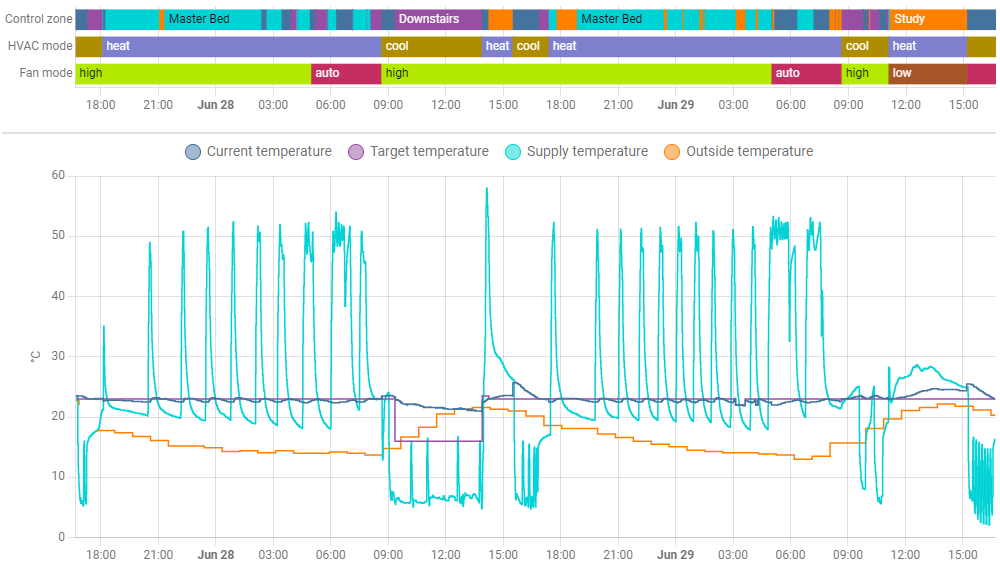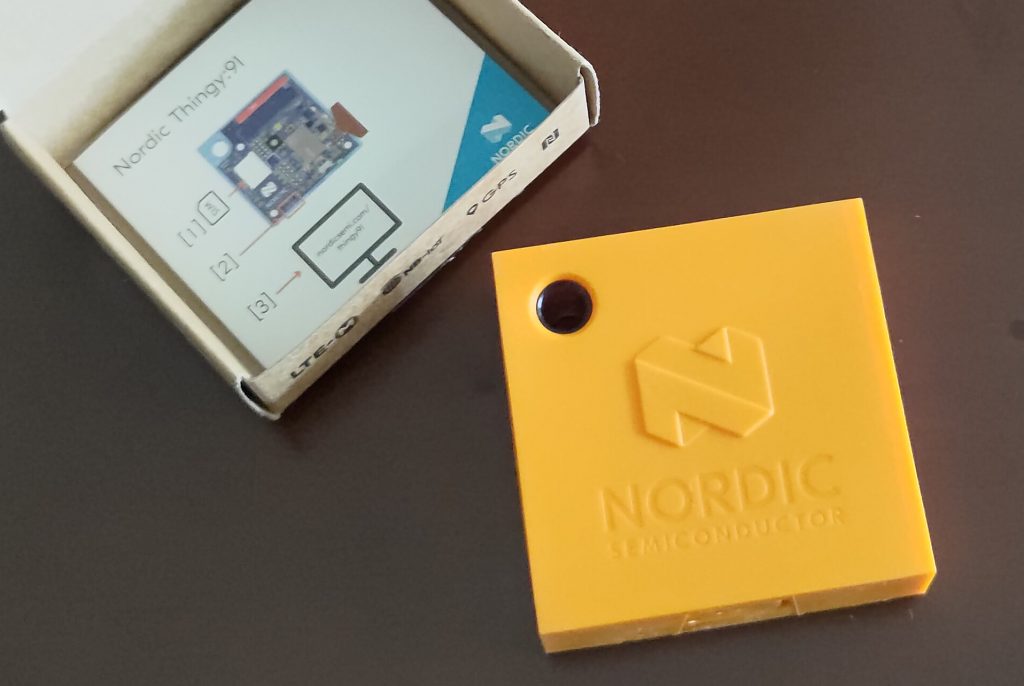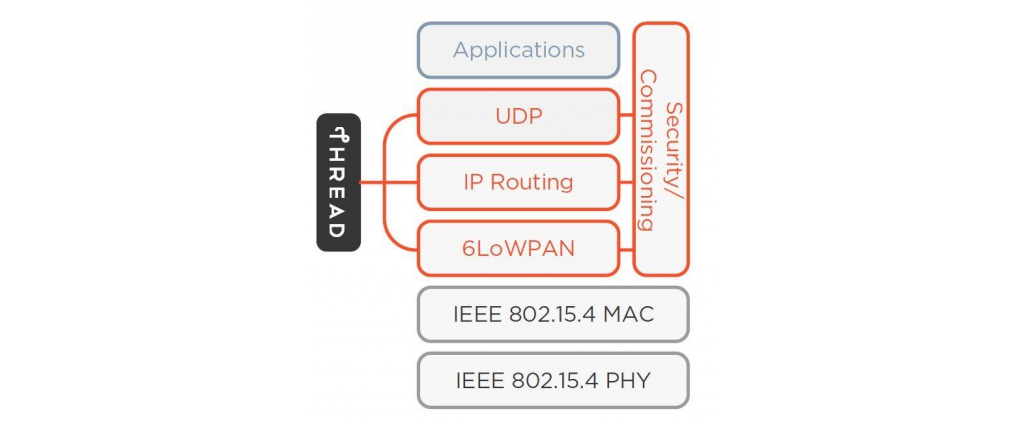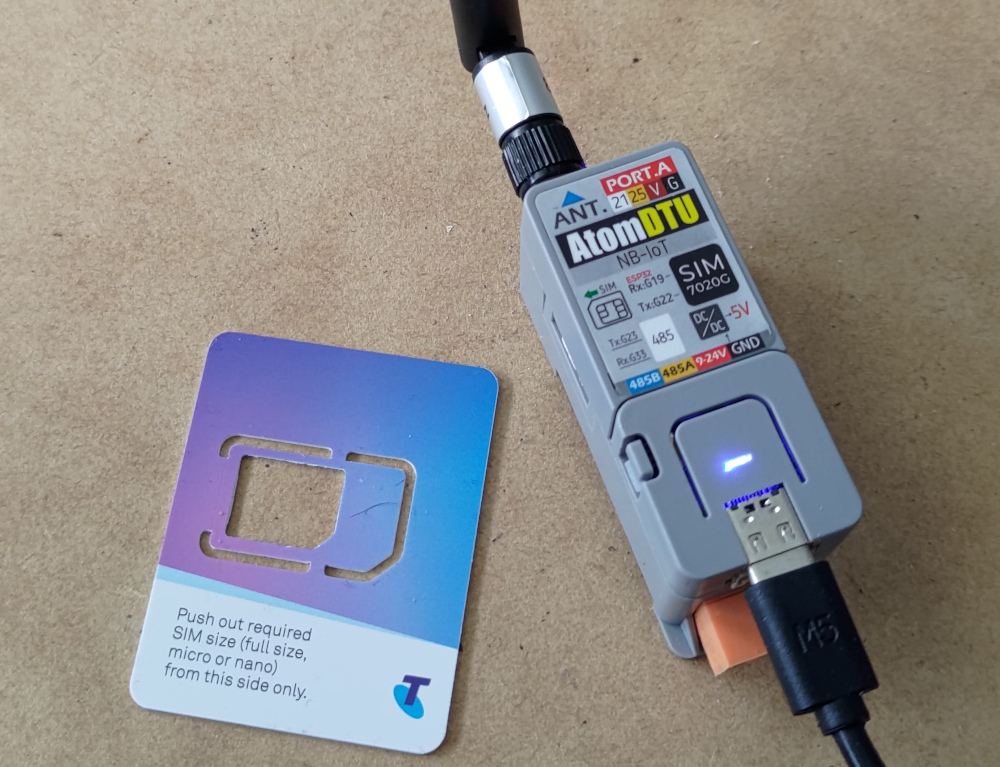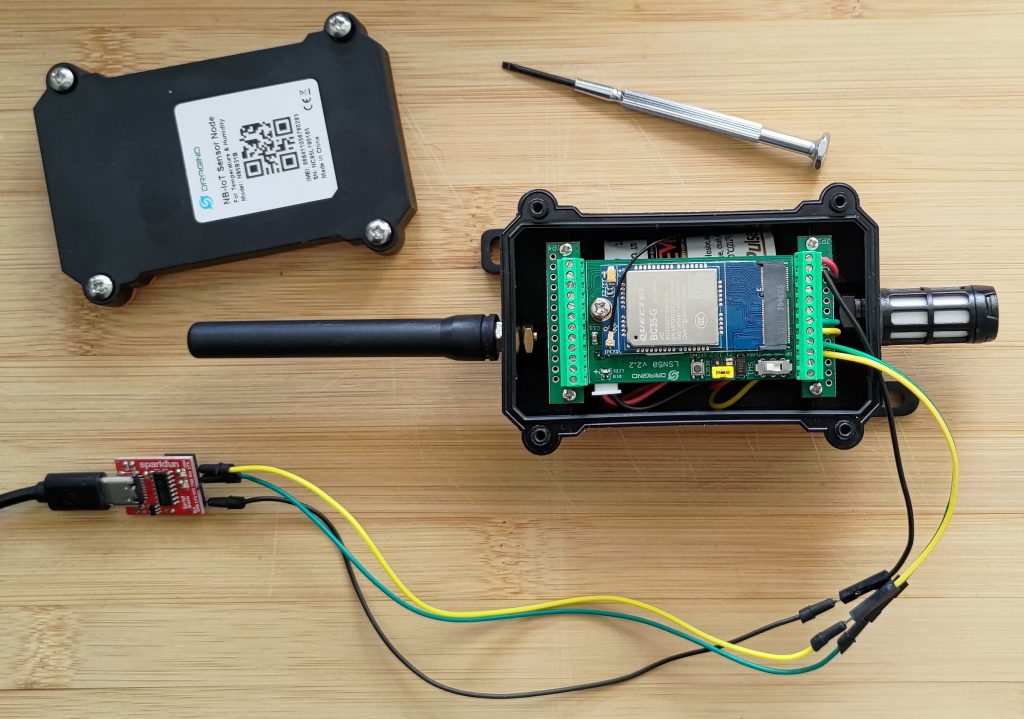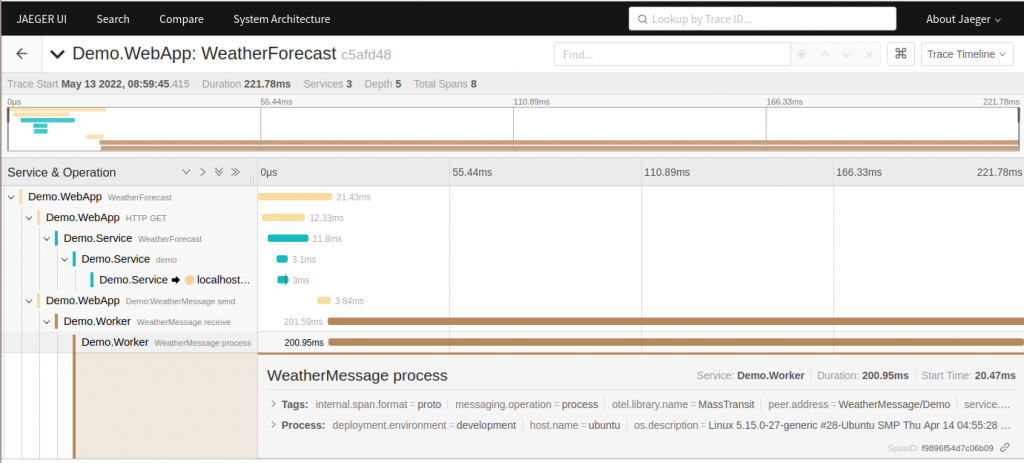It is not perfect, but the best Matter switch I’ve found so far, for Australia, is the Matter over Thread series by SmartSetup (also available on Amazon).
I’ve previously reviewed a few Matter inline switch modules, including the Sonoff MINIR4M and Zemismart ZME2 dual inline switch, however all older ones are WiFi.
Now Thread-based switches, and inline modules, are starting to appear on the market, and will be a key element to building the mesh backbone of a Thread network.
This article will go through a few of the reasons why the SmartSetup is great, considering external switches vs inline modules, Thread vs wi-fi, and support for detached relay/smart light mode.
I still think there are improvements to be made, so I’ll finish with a discussion of Matter control Binding, and an outline of my ideal device.

Continue reading SmartSetup is the best Matter switch so far(6 min read)

